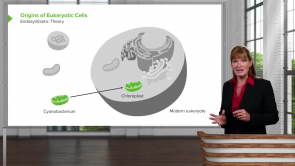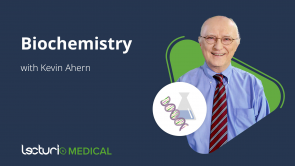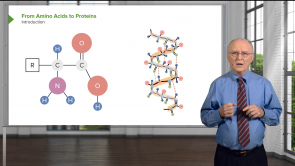Steroids and Bile Acids: Movement of Cholesterol

Über den Vortrag
Der Vortrag „Steroids and Bile Acids: Movement of Cholesterol“ von Kevin Ahern, PhD ist Bestandteil des Kurses „Cholesterol (Texas A&M FOM II 2020 Exam Unit 2)“.
Quiz zum Vortrag
Which of the following is true regarding lipid transport in the body?
- HDLs are the smallest.
- LDLs carry the most fat.
- Chylomicrons are made by the liver.
- VLDLs are the densest.
Which of the following is NOT true regarding hypercholesterolemia?
- Hypercholesterolemia is caused by the absorption of higher concentrations of fats, fat-soluble vitamins, and cholesterol from the small intestine by the fat cells.
- Hypercholesterolemia arises due to genetic abnormalities in APOB, LDLRAP1, and PCSK9 genes.
- Hypercholesterolemia is characterized by the presence of high levels of cholesterol and LDL in the bloodstream of the affected individual.
- In the hypercholesterolemia-affected person, the LDL signal-detecting receptors are usually defective, so the liver can’t sense the levels of LDL in the bloodstream.
- Hypercholesterolemia is an asymptomatic disorder; however, the prolonged elevation of cholesterol levels in the bloodstream leads to the hardening of the arteries.
The high levels of low-density lipoprotein complexes in the bloodstream are linked with which of the following?
- Atherosclerotic plaques
- Hypocholesterolemia
- Duchenne muscular dystrophy
- Down syndrome
- Polycystic kidney disease
Which of the following is NOT a correct statement?
- The high-density lipoproteins send a signal to liver cells to start the transportation of cholesterol from the stock of the stored fats to the various parts of the body.
- Low-density lipoproteins, when present at high levels, accumulate in the artery wall and get oxidized under the effect of reactive oxygen species.
- The oxidized LDLs are taken up by foam cells and lead to the development of atherosclerosis.
- High-density lipoproteins counteract atherosclerosis by removing cholesterol from foam cells.
- As HDLs inhibit the oxidation of LDLs by reactive oxygen species, they are considered good cholesterol.
Diese Kurse könnten Sie interessieren
Kundenrezensionen
5,0 von 5 Sternen
| 5 Sterne |
|
2 |
| 4 Sterne |
|
0 |
| 3 Sterne |
|
0 |
| 2 Sterne |
|
0 |
| 1 Stern |
|
0 |
Love this lecture. Dr. Ahern explains much better than my professor.
Very high-yield. Thank you for underlining this moment, crucial in treating hypercholesterolemia.






